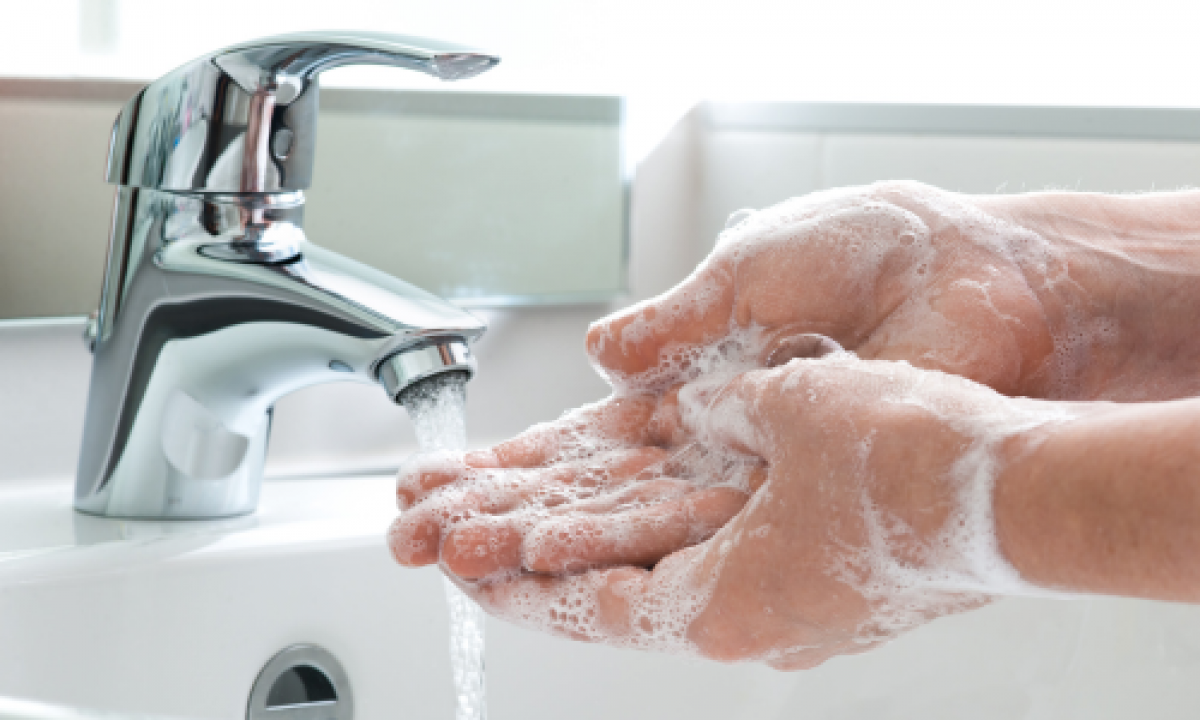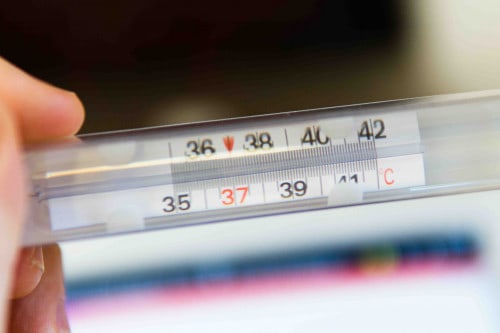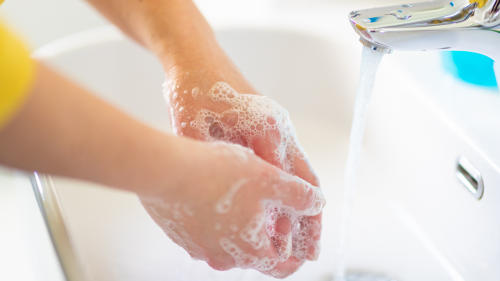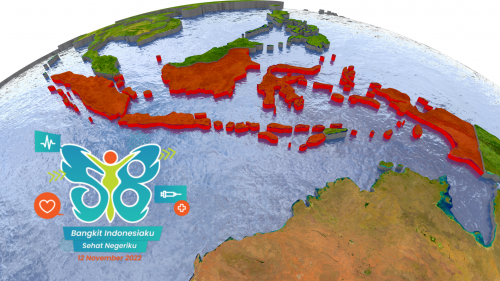Typhoid fever is a life-threatening infection caused by the bacterium Salmonella Typhi. Once Salmonella Typhi bacteria are ingested, they multiply and spread into the bloodstream. Severe cases may lead to serious complications or even death. It is usually spread through contaminated food or water, so it is important for people to wash their hands to stop the spread of typhoid.
Typhoid fever is a life-threatening infection caused by the bacterium Salmonella Typhi. It is usually spread through contaminated food or water. Once Salmonella Typhi bacteria are ingested, they multiply and spread into the bloodstream.
Salmonella Typhi lives only in humans. Persons with typhoid fever carry the bacteria in their bloodstream and intestinal tract. Symptoms include prolonged high fever, fatigue, headache, nausea, abdominal pain, and constipation or diarrhoea. Some patients may have a rash. Severe cases may lead to serious complications or even death. Typhoid fever can be confirmed through blood testing.
People infected with these bacteria can spread them to others. This typically happens when an infected person uses the bathroom and does not wash their hands. The bacteria can stay on their hands and contaminate everything that the person touches, including food and drinks.
Getting vaccinated, choosing food and drinks carefully, and washing your hands are the best ways to avoid getting typhoid. Handwashing is so important, especially at key times such as after using the bathroom, when preparing food, before eating, and after coughing, sneezing, or blowing your nose.
Every year, October 15 is celebrated as World Handwashing Day. It is a reminder that handwashing with soap and water is one of the best steps we can take to avoid getting sick and spreading germs to others. This year’s theme, “Clean Hands Are Within Reach,” calls for coordinated action as we actively work toward universal hand hygiene.
Washing your hands is easy and it is one of the most effective ways to prevent the spread of germs. You just need to follow these five steps every time:
- Wet your hands with clean, running water (warm or cold), turn off the tap, and apply soap.
- Lather your hands by rubbing them together with the soap. Lather the backs of your hands, between your fingers, and under your nails.
- Scrub your hands for at least 20 seconds.
- Rinse your hands well under clean, running water.
- Dry your hands using a clean towel or air dry them.
- If soap and water are not readily available, use a hand sanitizer that contains at least 60% alcohol.
Picture 1. Step of Washing Hands
Despite behaviour change being notoriously difficult, community-driven behaviour adaptation initiatives are likely to have significant impact. Handwashing with soap and water is simple and inexpensive, and it can significantly reduce the number of young children who get sick. Teaching people about handwashing helps them and their communities stay healthy.
Reference:
- Centers for Disease Control and Prevention. (2023). Typhoid Fever
- Centers for Disease Control and Prevention. (2023). Global Handwashing Day
- National Center for Biotechnology Information. (2013). Typhoid fever: hurdles to adequate hand washing for disease prevention among the population of a peri-urban informal settlement in Fiji
- World Health Organization. (2023). Typhoid







